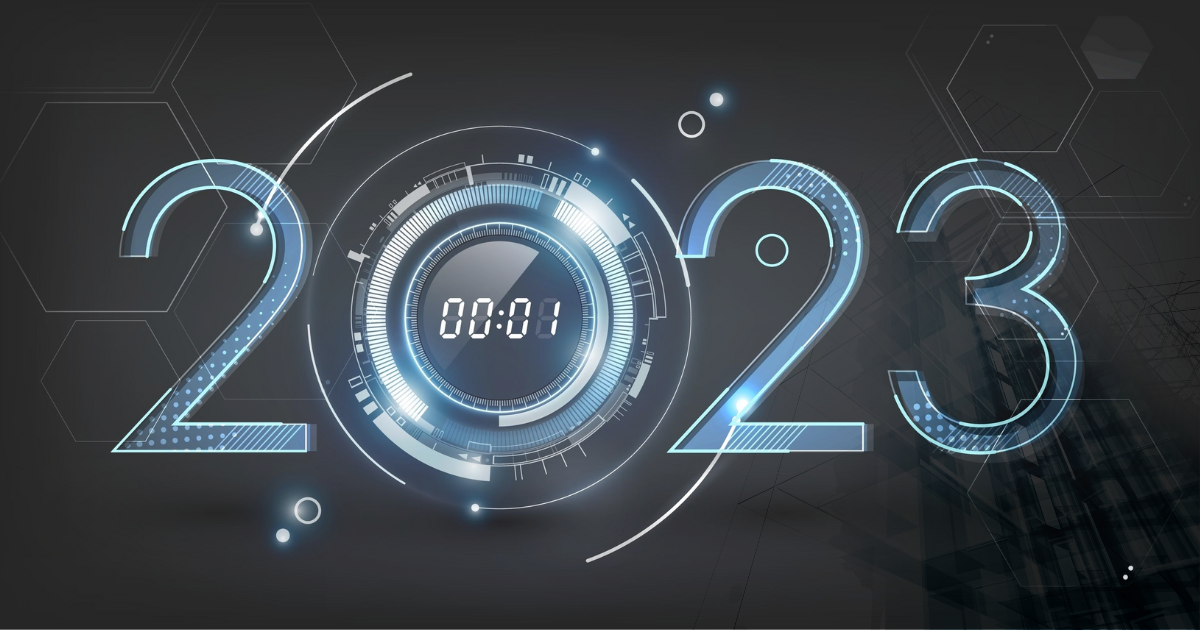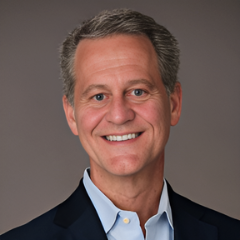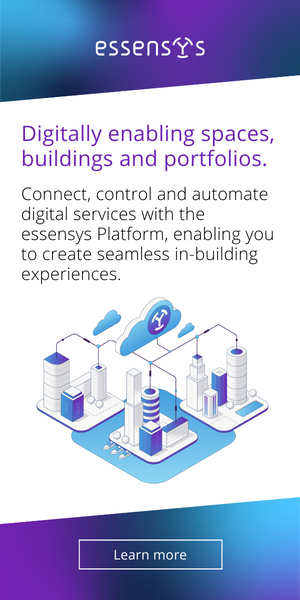Will Your Portfolio Be a “Have” or “Have Not” in 2023?

Innovation in technology and business practices will be essential to answering that question.
As the PropTech and commercial real estate industry navigates returning to the office post-pandemic, three major trends emerged: the hybrid-work experience, the ESG path to net zero at the building level, and increased cybersecurity for building operations.
These three trends coalesced to create what Brookfield research calls “The Age of Accelerated Obsolescence” as we are in a flight to quality era. As if it wasn’t enough for investors and owners to worry about getting people back into buildings, they must also contemplate being a “have” or “have not” with the big three issues of hybrid work, ESG, and cybersecurity simultaneously being requirements.
Hybrid work
Hybrid work battle lines were drawn between employers and employees, with developers, architects, engineers, property managers, and leasing professionals all scrambling. This is to say nothing of the corporate real estate executives and HR, who have been groping at policy decisions and new facility standards. We have been fortunate to be in touch with executives from all of those disciplines before, during, and after the heights of the pandemic, and the approaches and viewpoints have been extremely different, ranging from “we will never have the same built-environments again” to “things will settle down soon” and everything in between. Building owners are thinking critically about attracting tenants to return to the office. Landlords and occupiers are working more closely together than ever, as the base building and the interior space stakeholders must collaborate more to create a “destination-worthy” experience from parking to the desk and back again.
To state the obvious, technology and PropTech are essential to achieve “have” status, but there is no silver bullet, and success will require a version of an “all of the above strategy” to get there. At a high level, the hybrid work environment requires managing frictionless entry, space utilization, air quality, comfort, connectivity, and amenities. This includes smart parking, access control, conveyance, building automation, lighting control, various sensors, and more to create that destination-worthy experience. While all that technology is available, one must consider how you would stitch together the use cases, system integrations, property management, workflow, and base-building vs. IT budgets to create a technology framework.
ESG
Now that you have your hybrid work environment technology framework in mind, you are likely in the majority of organizations that place the other two major trends, ESG and cybersecurity, at the top of the list. This was validated in a recent Jefferson Wells/ManpowerGroup study that showed cybersecurity and ESG as #1 and #2 respectively on the list of priorities for chief audit executives (CAE). In New York City and around the globe, a growing number of carbon regulatory requirements for disclosure and reductions are driving larger ESG goals and commitments. These commitments have been made by investors, landlords, and corporate occupiers of all kinds. They include pledges to hit specific goals by certain dates using measurements and methods from USGBC, GRESB, SBT, GFANZ, NZAM, and others. These groups target different types of industries and organizations, and several discuss consolidating the measuring frameworks. This is the ultimate “all of the above” strategy and very much a mix of art and science. Energy conservation will have to occur and a scale not yet seen for so-called normal energy efficiency. The goals require 50-90% reductions that can be met with some renewable generation and limited but seemingly necessary carbon offsetting. This will be combined with financing, insurance, auditing and reporting, and a sophisticated financial return model.
Cybersecurity
In addition to the technology and business practices listed above, cybersecurity is a foundational requirement not only for carbon reduction but also for mere availability, business continuity, and in some cases financial survivability. Cyber events, whether hacking, ransomware, or contractor mismanagement, are at best disruptive and at worst catastrophic. Insurance issues have been revealed at an alarming rate, with a growing number of incidents resulting in litigation and future exclusions. The most frequent type of event with financial impact in commercial real estate is ransomware, which was highlighted in a high-profile insurance court case involving Merck and a $1.5 billion loss that was not considered an “act of war” and set off a frenzy of exclusionary language in subsequent policies. This is in addition to Iran naming major building automation brands as targets, a contractor for a major Children’s hospital being ransomed, numerous REIT incidents, and corporate real estate interruptions.
This is perhaps the most challenging time in the commercial real estate industry since 2008. However, the picture is getting clearer on the “big three” requirements to remain or become a “have”: 1) Hybrid Work Experience, 2) ESG Path to Net Zero at the building level, and 3) Cybersecure building operations. Each of these benefit from a deeply innovative approach to technology, and all three together make innovation a requirement. The challenge for the industry is assembling all of the technology and business pieces to achieve measurable results in each area and avoid “accelerated obsolescence.”
2023 sets up as a year that could change behavior in an industry that is historically slow to adopt innovation and technology.
This Week’s Sponsor
PredictAP is a cloud-based invoice capture solution for real estate AP that automates invoice ingestion and coding using AI. PredictAP integrates with existing AP automation to eliminate manual data entry, improving speed, increasing capacity, and reclaiming time for high value work. Visit www.predictap.com to learn more.
Read Next
 5/15/2025
5/15/2025
Tech, Talent and Transformation: 2025 Digie Finalists Announced For 27 years, Realcomm has presented the Digie Awards to acknowledge companies, real estate projects, technologies, and individuals that have advanced the commercial real estate industry through the strategic use of technology, automation, and innovation.
 5/15/2025
5/15/2025
Empowering Space Management with Data-Driven Visualization For effective CRE space management, it’s critical to centralize lease data, maximize rental square footage (RSF), improve energy efficiency and reconfigure spaces to meet changing needs.
 5/8/2025
5/8/2025
The AI-Powered Workplace Evolution: Redefining the Business Landscape In today's rapidly evolving business environment, the fusion of Artificial Intelligence (AI) and Workplace Management is revolutionizing the way organizations approach workspace optimization and operational efficiency.
 3/27/2025
3/27/2025
The Convergence of Edge Computing, Cloud, and AI in Building Automation and Smart Buildings In the built environment, we have seen the convergence of Operational Technology (OT) and Information Technology (IT), later expanding to include Workplace Technologies (WP).





%20(1)%20(1)%20(1).png)






